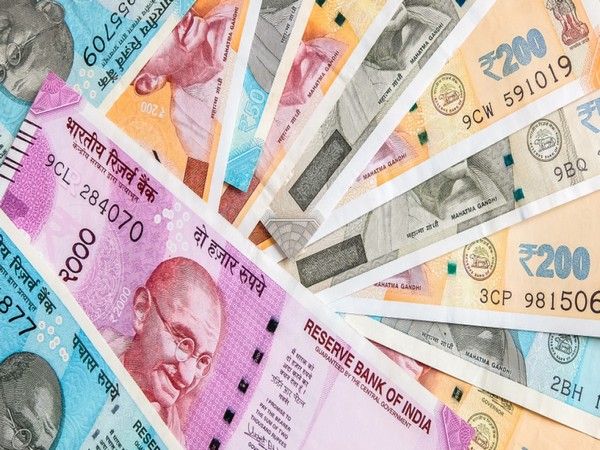
India, New Delhi, November 18: According to a Bank of Baroda analysis, the Indian rupee is predicted to continue to be under pressure in the near future, trading between 84 and 84.5 to the US dollar.
Foreign portfolio investor (FPI) withdrawals and the strengthening of the US dollar were identified by the research as the two main causes of the rupee’s decline.
It said that the Indian rupee will probably continue to face pressure in the foreseeable future. The two interconnected causes of this are dollar strength and FPI outflows.
The research was upbeat about the rupee’s medium- to long-term prospects despite this short-term pressure. It emphasized how India is well-positioned to handle the present difficulties since its macroeconomic foundations are still solid.
“Historically, there has been capital flight from the domestic market. But this time, India is considerably more equipped to handle the issue,” the article said.
Although there have been previous instances of cash leaving the local market, the research pointed out that India is better prepared to deal with the problem now. Economic growth is still strong, and the fiscal and external deficits are under control.
Furthermore, the Reserve Bank of India (RBI) has amassed a substantial foreign exchange reserve of more than USD 675 billion, which it is probably going to strategically use in order to maintain the stability of the Indian rupee.
The research also highlighted that the current FPI outflows are a transient occurrence. With net FPI inflows anticipated to reach USD 20–25 billion throughout the fiscal year, it predicted a good recovery in FY25.
October 2024 saw an increase in India’s trade deficit. Nonetheless, it is anticipated that robust services exports and remittances would maintain control over the current account deficit (CAD).
All things considered, the research highlighted India’s resiliency, which is bolstered by solid macroeconomic fundamentals, and it forecast a more optimistic medium- to long-term prognosis for the currency.